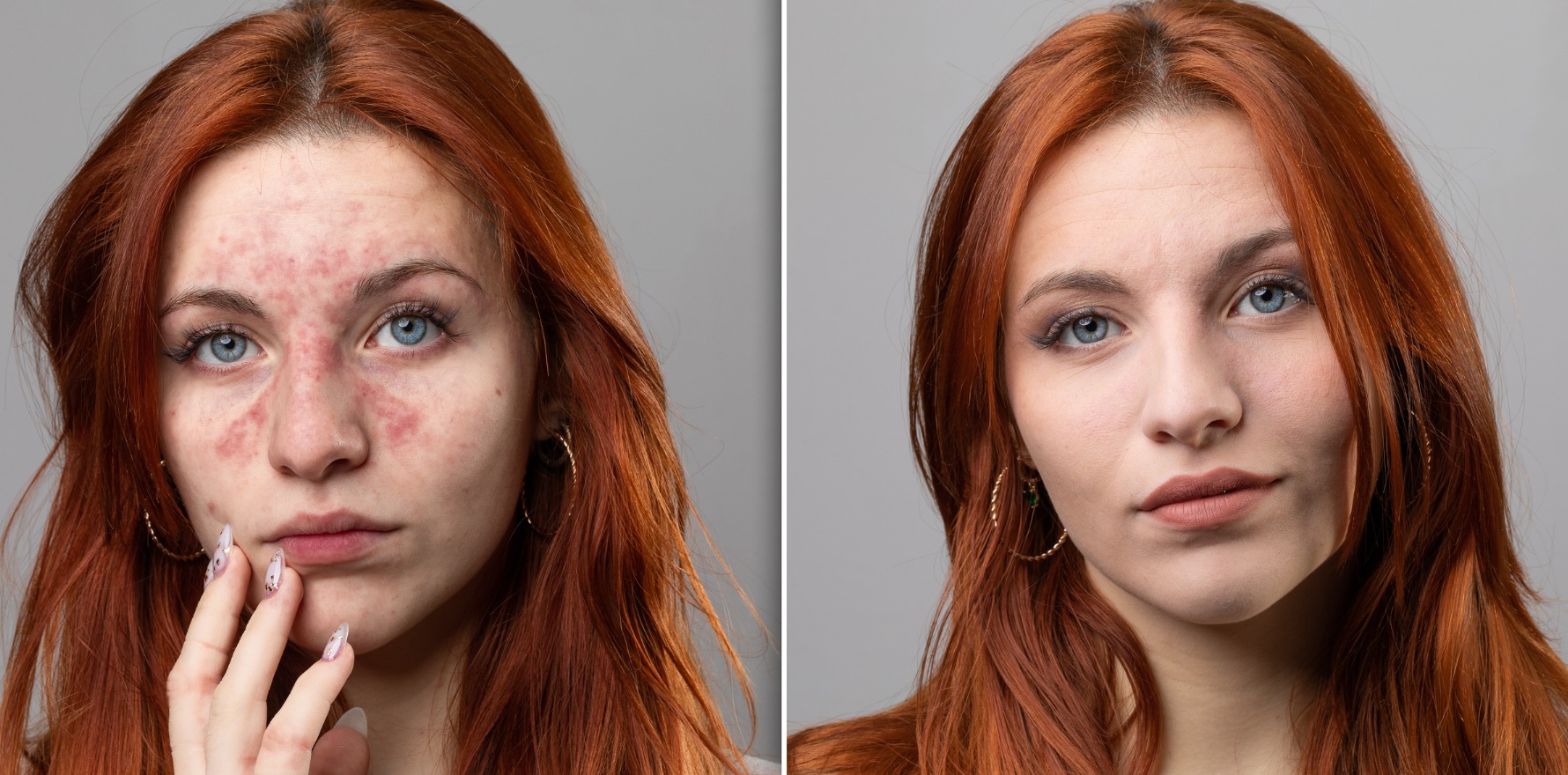This adds to the list of possible comorbidities, including visual disturbances, metabolic disorders, joint problems and type 2 diabetes.
Rosacea patients have more than five times the risk of developing a malignant melanoma and a greater risk of several other systemic conditions, according to researchers.
The research, published in Nature, involved two groups of 122,444 patient medical records each – one group for patients with rosacea, and one for those without. Each group of patients was 69% female, with a mean age of 55 years at the time when the record was created.
“The results are compelling. It’s a lot of patients,” Clinical Associate Professor Stephen Schumack, a general clinical dermatologist at the Royal North Shore Hospital in Sydney, told TMR.
“What this tells us is that we have enough information to think about doing longer-term prospective controlled studies to see if it is a real finding and, if it is, whether or not we should be specifically targeting patients with rosacea, regardless of their skin type, because they have a higher risk of developing melanoma.”
The study does not include any data about skin type or UV exposure, which is a factor in melanoma development, rosacea exacerbation and possibly rosacea development.
“We know that rosacea is much more common in people with a Celtic background,” Professor Schumack said. “And we also know that melanoma is more common in people of a Celtic background. So, one would have thought that a Celtic background would have been one of those confounding factors.”
The authors suggest that the link might be a consideration for targeted screening for melanoma.
“UV radiation is not only a main contributor in the development of melanoma and non-melanoma skin cancer, but also a known trigger and hypothesised to be crucial to rosacea pathogenesis,” they write.
Related
“Given the correlation of malignant melanoma and rosacea as well as the increased mortality of rosacea patients with concomitant melanoma in our study, the importance of UV avoidance or protection should not be under-represented in consultation of rosacea patients.”
Professor Schumack said that if the high odds in this study were confirmed, patients with rosacea would be included in any targeted melanoma screening program, although there wasn’t much evidence that such a screening program would be worthwhile.
“That’s what we do anyway. We routinely, in Australia, tend to screen these patients, without any great evidence, on a more regular basis, such as annually,” he remarked.
It was too early to say there was a definite link between rosacea and melanoma, but patients with Celtic background were more likely to develop rosacea and were more likely to develop melanomas, and they needed to be careful with sun exposure, said Professor Schumack.
According to the research data, having rosacea also conferred nearly twice the risk of developing vascular disease, 1.4 times the risk of developing heart disease, 5.5 times the risk of melanoma, 3.8 times the risk of eye disease, 2.2 times the risk of metabolic disease, 2.9 times the risk of joint disease, and 1.5 times the risk of type 2 diabetes.
“These findings underline the importance of interdisciplinary cooperation in the treatment [of] rosacea,” the authors write.





